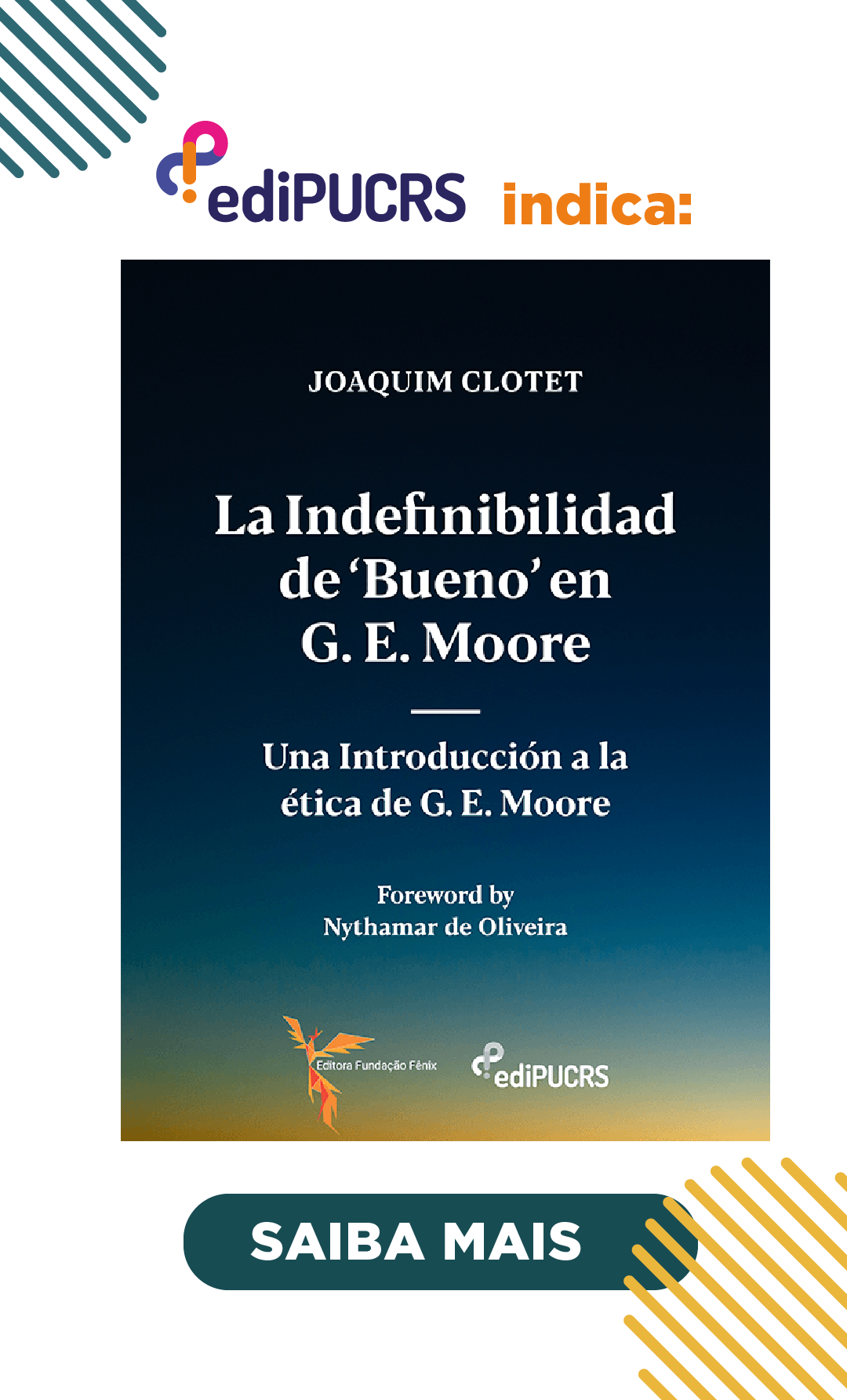El profano convertido en sagrado por el interdicto
Un análisis Del Nombre de la Rosa, por Umberto Eco
DOI:
https://doi.org/10.15448/1984-6746.2022.1.42024Palabras clave:
Literatura comparativa, Novela, Sagrado, ProfanoResumen
A lo largo de su trabajo, Georges Bataille y Roger Caillois se enfocaron en la conexión inquebrantable entre términos contrarios como interdicción y transgresión, homogéneos y heterogéneos y mundos profanos y sagrados. Es en el último par en el que se enfocará este artículo, ya que su objetivo es analizar las formas en que lugares, objetos y personas profanos se transforman en entidades sagradas en la novela de Umberto Eco El nombre de la rosa, según las teorías de ambos filósofos franceses con el apoyo de Giorgio Agamben. Se entiende que las relaciones mencionadas anteriormente, aunque puedan parecer opuestas, de hecho están determinadas por la otra, ya que ninguna de ellas puede existir por sí sola.
Descargas
Citas
AGAMBEN, Giorgio. Profanações. Tradução de Selvino J. Assmann. São Paulo: Boitempo, 2007.
BATAILLE, Georges. O Erotismo. Tradução de Fernando Scheibe. Belo Horizonte: Autêntica Editora, 2014.
BORGES, Luiz Augusto Contador. O Louvor do Excesso: Experiência, Soberania e Linguagem em Bataille. 2011. 215 f. Tese (Doutorado em Filosofia) – Faculdade de Filosofia e Ciências Humanas, Universidade de São Paulo, São Paulo, 2011.
CAILLOIS, Roger. El Hombre y lo Sagrado.Tradução de Juan José Domenchina. México: Fondo de Cultura Económica, 1996.
ECO, Umberto. O Nome da Rosa. Tradução de Aurora Fornoni Bernardini e Homero Freitas de Andrade. Rio de Janeiro: Nova Fronteira, 1983.
Descargas
Publicado
Cómo citar
Número
Sección
Licencia
Derechos de autor 2022 Veritas (Porto Alegre)

Esta obra está bajo una licencia internacional Creative Commons Atribución 4.0.





